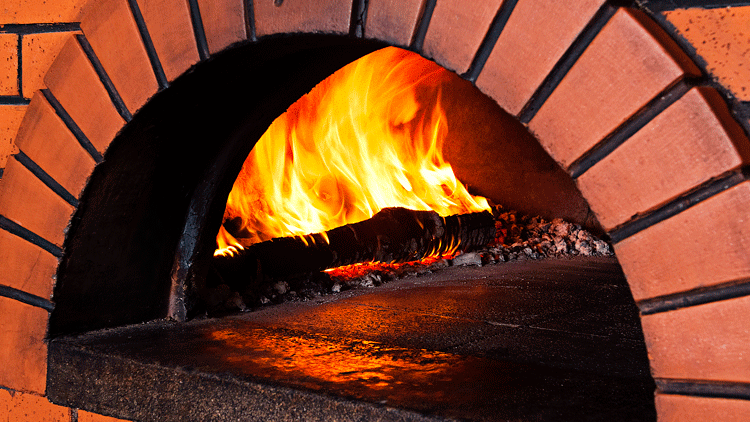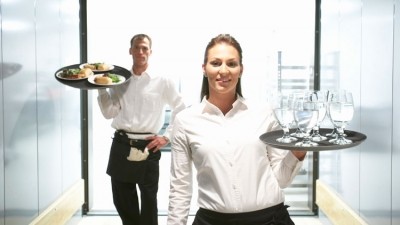6 things you need to know before you go al fresco

The proliferation of outdoor commercial cooking, exemplified by the outdoor pizza oven, has brought a new culinary dimension to many pubs, restaurants and hotels. But before you go all out with al fresco cooking, here’s six things you’ll need to consider.
1 Planning (change of use)
There are very few circumstances where you will need planning permission for an oven outdoors, but before installation this point should be checked with your local authority or relevant heritage agency if the property is listed or located or a conservation area. In addition, intending to cook and serve food in your pub garden may require changes in a property’s licensing. For example, a premises licence may need to authorise the provision of late night hot food.
2 Smoke control areas
Local authorities have the power to declare all or part of their districts as a ‘smoke control area’. This designation prohibits the emission of smoke from a chimney of a building, furnace, or fixed boiler. If your property is located within a smoke control area then the oven must be certified as a ‘smoke exempt appliance’ and have DEFRA certification. It is an offence to install a non-exempt appliance and you could be fined up to £1,000. Local authorities have details of the fuels and appliances which are approved for use.
3 Fire regulations
The Government has produced guides for various types of events, including Outdoor Air Events and Venues and Small and Medium Places of Assembly. Both of these guides are relevant for an outdoor pizza oven and outdoor cooking. Guidance is also given for portable cooking appliances, including monitoring heat and oil levels and regular cleaning programmes and maintenance. In order to comply with fire regulations, it is essential for every owner of outdoor cooking facilities to conduct a fire safety risk assessment. This means: 1) identify fire hazards; 2) identify people at risk; 3) evaluate, remove, reduce and protect from risk; 4) record, plan, inform, instruct and train and 5) review the plans and assessment.
4 Building regulations
Chimneys are governed by various building regulations, depending on the type, height, and diameter of chimney and flue being used. Nevertheless, all wood-burning stoves require a Class 1 chimney. Building Regulations also stipulate the ventilation of these appliances. The two proper ventilation methods are the ‘traditional’ design and the ‘centre vent’ design’, which ensure that the ventilation system is outside of the cooking chamber.
5 Nuisance
If you are planning to serve food in your garden you must consider whether the noise, smoke and smells that will accompany the move may constitute a nuisance to any neighbours. A neighbour who suffers from any nuisance, which interferes with their reasonable use and enjoyment their land, has a right of action either for damages or for an injunction preventing continuation of the nuisance. Accordingly, it is advisable to mitigate via adequate ventilation or extraction facilities any nuisance emanating from your property to the detriment of any neighbours.
6 Consents (landlord change of use/alterations)
If you are a tenant of leased property, you should check to see whether your lease permits both the installation of cooking facilities and the use of the garden/outdoor area for commercial or cooking purposes. Installation of an outdoor cooking oven will be considered an alteration for the purposes of the lease and may require your landlord’s consent. In addition, the permitted use of the outdoor area of the property could be inconsistent with the cooking and serving of food. It is always advisable to check the terms of your lease to ascertain whether your well-laid plans are permitted by the lease and if landlord’s consent is required.
David Rawlence is an associate in the property team at law firm Boodle Hatfield. He can be reached by email at drawlence@boodlehatfield.com.














